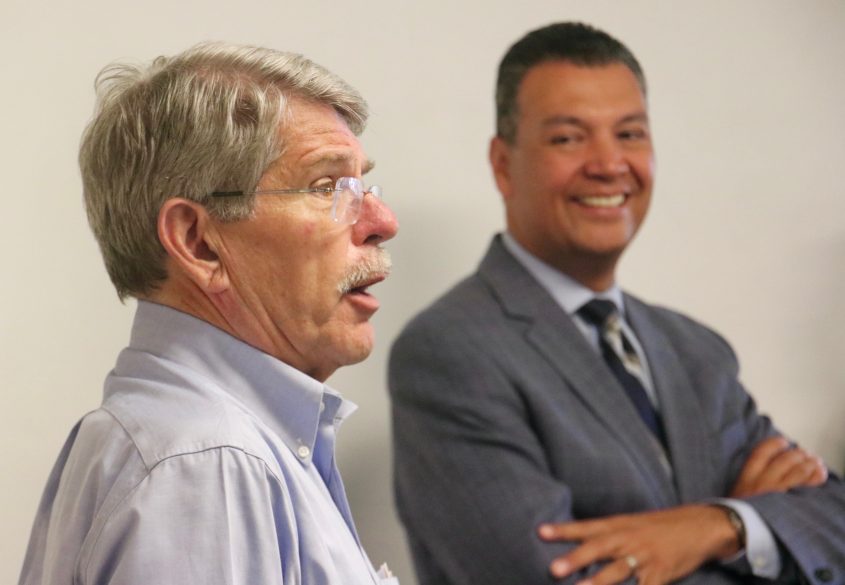
Counting Votes — And Making Votes Count UCLA Luskin public policy students get a valuable lesson in voting and elections from the California Secretary of State, L.A. County Registrar
By George Foulsham
After fielding a series of challenging questions from students in UCLA Luskin lecturer Zev Yaroslavsky’s public policy class, California Secretary of State Alex Padilla and Los Angeles County Registrar Dean Logan smiled when they were asked to explain how the election of Donald Trump has affected their jobs.
“How much time do we have?” Padilla said. “I’ve gotten a heck of a lot more press coverage than anybody would have expected.”
Trump’s frequent charges of voter fraud in the November 2016 presidential election have been a source of frustration for Padilla. To say that the Trump administration has had an impact on his job would be an understatement.
“He keeps alleging massive voter fraud — which is absolutely not true,” Padilla said. “He has repeatedly mentioned California. He’s not just questioning my credibility; it’s our credibility. Whenever it’s in a story, which is pretty frequent, we have to go out, defend and explain all the measures we go through to protect the integrity of the election.”
As California’s top elections official, Padilla is tasked with protecting the votes and voters of the state.
“There’s fundamentally a different person, different leadership in the U.S. Department of Justice, the attorney general,” Padilla said. “That’s someone we look to as a partner to protect people’s voting rights. Depending on what may happen in the future, we may be butting heads with them on advancing public policy or interpretation of existing laws, enforcement of laws. Red flags are way, way up.”
The same holds true for Logan, who oversees all elections in L.A. County.
“It’s the continued repeating of information that’s not backed by any evidence or fact,” Logan said. “Ultimately — and it’s just my personal opinion — it is part of the same campaign: The ultimate end game of that is to decrease people’s confidence in the electoral process and for them to just sit out,” thus benefiting candidates with politically extreme views.
In introducing Padilla and Logan to the students in his class, Yaroslavsky hailed Padilla as a “national figure and leader” and Logan as “a visionary.”
“Between these two guys, you’ve got two of the best minds when it comes to elections,” Yaroslavsky said. Both fill important roles “that most people don’t know about. We take it for granted, like when we turn the water on in the morning. Running an election, making sure the votes are counted with integrity, is not to be taken for granted.”
Padilla told the students about his various statewide duties, including political reform, campaign finance reports and overseeing the state archives, but most of his talk concentrated on how he views his role as secretary of state.
“Academically, what can we do to get more people to vote in California? That’s not my job,” Padilla said. “My job is to oversee California elections and make sure there’s no voter fraud, but I think there’s an expectation that we use this job to get more people involved and engaged in the process.”
He’s proud of what his office has done to help increase the number of registered voters in California. “We’ve already shattered the previous record in California on the registration side,” Padilla said. “When I was sworn in, 17.4 million registered voters were on the books. We’re at 19.4 million now, quickly approaching 20 million.”
Starting next year, the state will launch automatic voter registration so that residents who are eligible will automatically be registered when they apply for or renew their driver’s license or a state ID at the Department of Motor Vehicles, online or by mail, Padilla said.
His ultimate goal is to increase voter participation. “We have an electorate that is not always representative of the people — geographically, demographically, economically or by any other measure,” Padilla said. “The better we get toward 100 percent participation, then from a ‘small d’ democracy standpoint, we get an electorate that better represents the people.”
Logan’s biggest challenge is managing the county’s antiquated voting infrastructure. “Here in L.A. County we are still using voting equipment that was first introduced in 1968 when Robert Kennedy was on the ballot,” he said. “We are very involved in a project here in L.A. County to modernize the voting system.”
If Logan and Padilla have their way, this won’t be a continuation of your mother’s voting methodology.
“Today the voting experience is focused on single-day, single-location and a single piece of equipment,” Logan said. “A random Tuesday, between 7 a.m. and 8 p.m. That makes no sense; that isn’t relevant to anything that we do on a regular basis.”
The new model will feature community vote centers all over Los Angeles County. “So if you live in Santa Monica, but you happen to work in downtown L.A.,” Logan said, “you can walk into a downtown vote center and get your Santa Monica ballot and vote.”
Other highlights of the new voting system:
- Voting centers will be open for a 10-day period, “so it’s not just on a random Tuesday,” Logan said.
- There will be mobile and pop-up voting centers. “So if there’s a big farmers market out at the Rose Bowl on the weekends, and there are going to be thousands of people there, we’re going to go out and throw up a vote center,” he said.
- Sample ballots will no longer be paper pamphlets delivered via the post office. “We’re going to offer an interactive sample ballot,” he said.
“It’s going to fundamentally change the way the voting experience works here in L.A. County,” said Logan, who added that he hopes to institute all of these changes by 2020.
Questions from Yaroslavsky’s students covered a variety of issues, from voter accessibility to campaign finance issues to frequency of elections, but the last question for Padilla was simple and direct: Are you thinking about running for governor in California?
“Thinking about it and doing it are two different things,” Padilla said. “I don’t dismiss that potential opportunity in the future, but not next year. I’m up for re-election next year.”
Additional photos are available here.
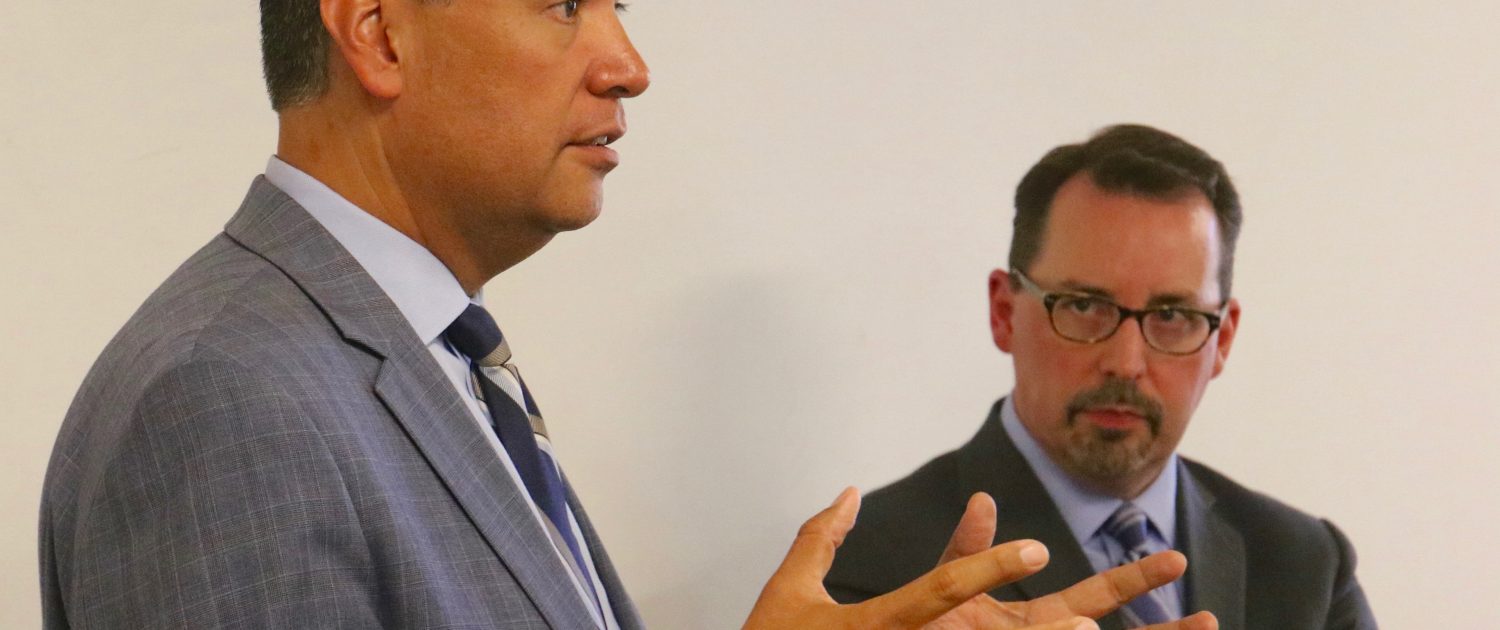


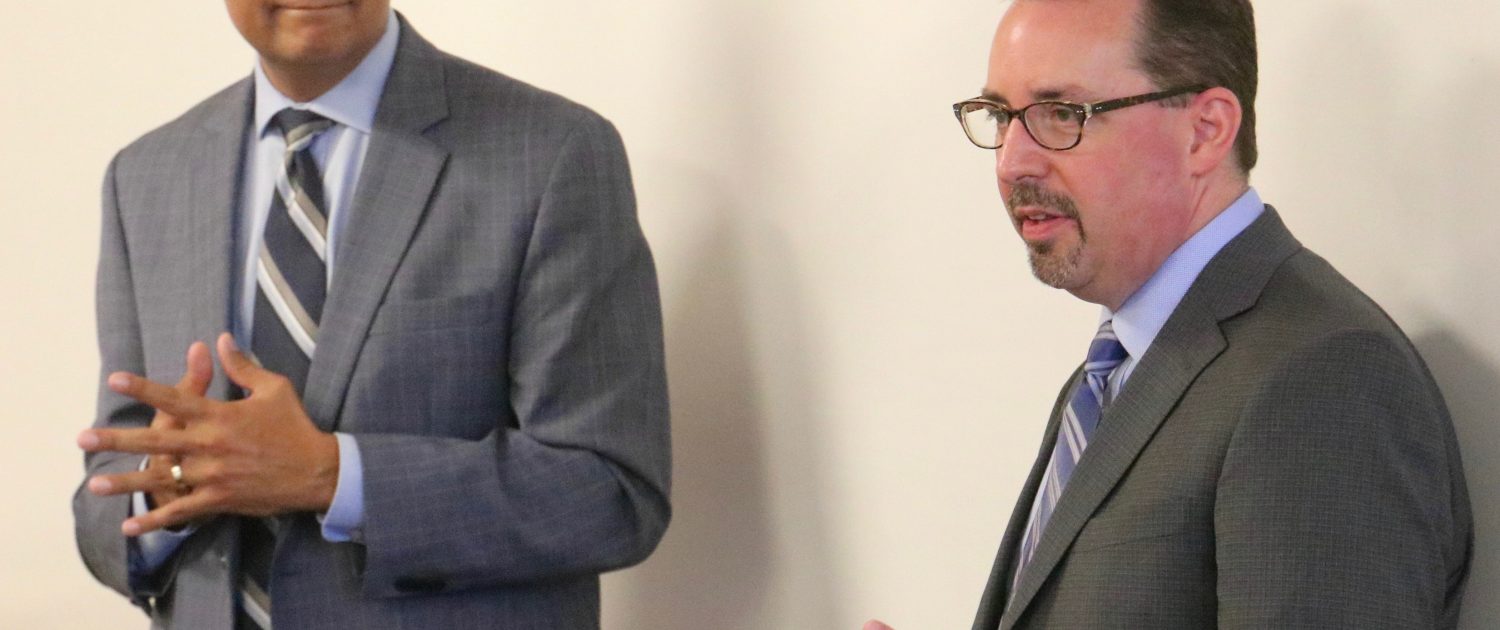



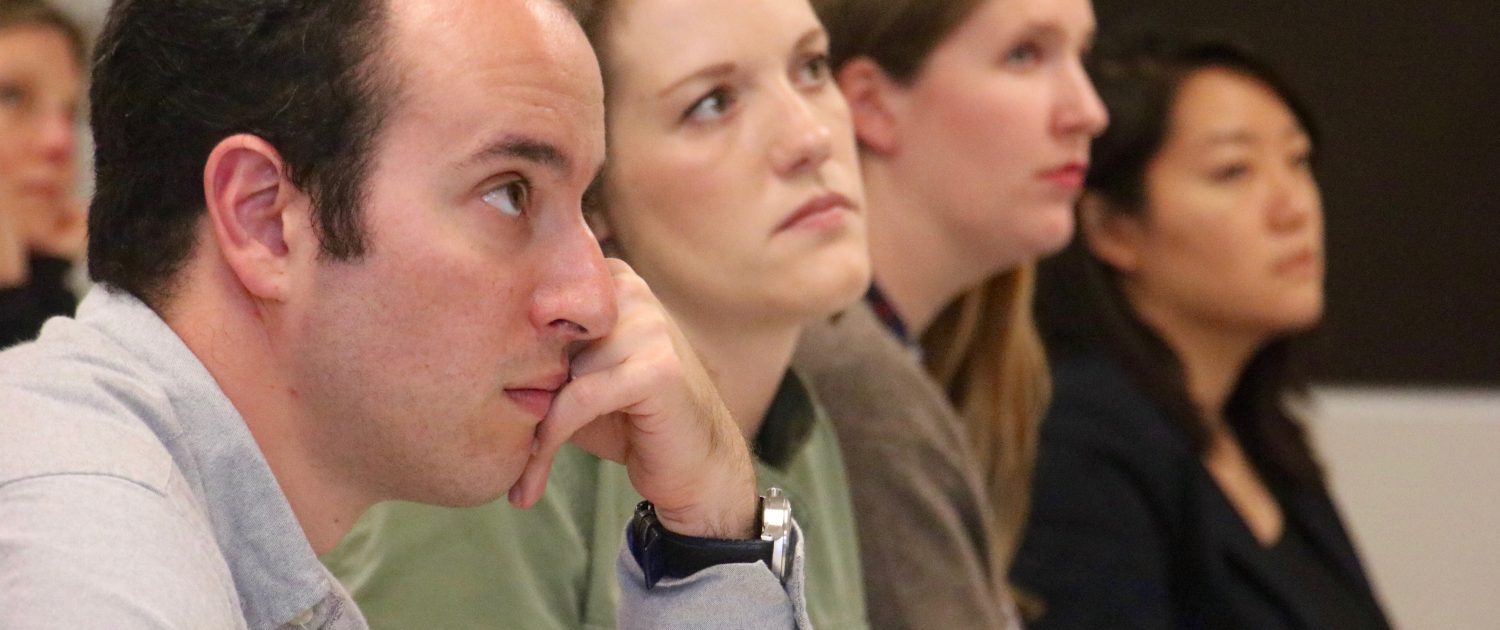

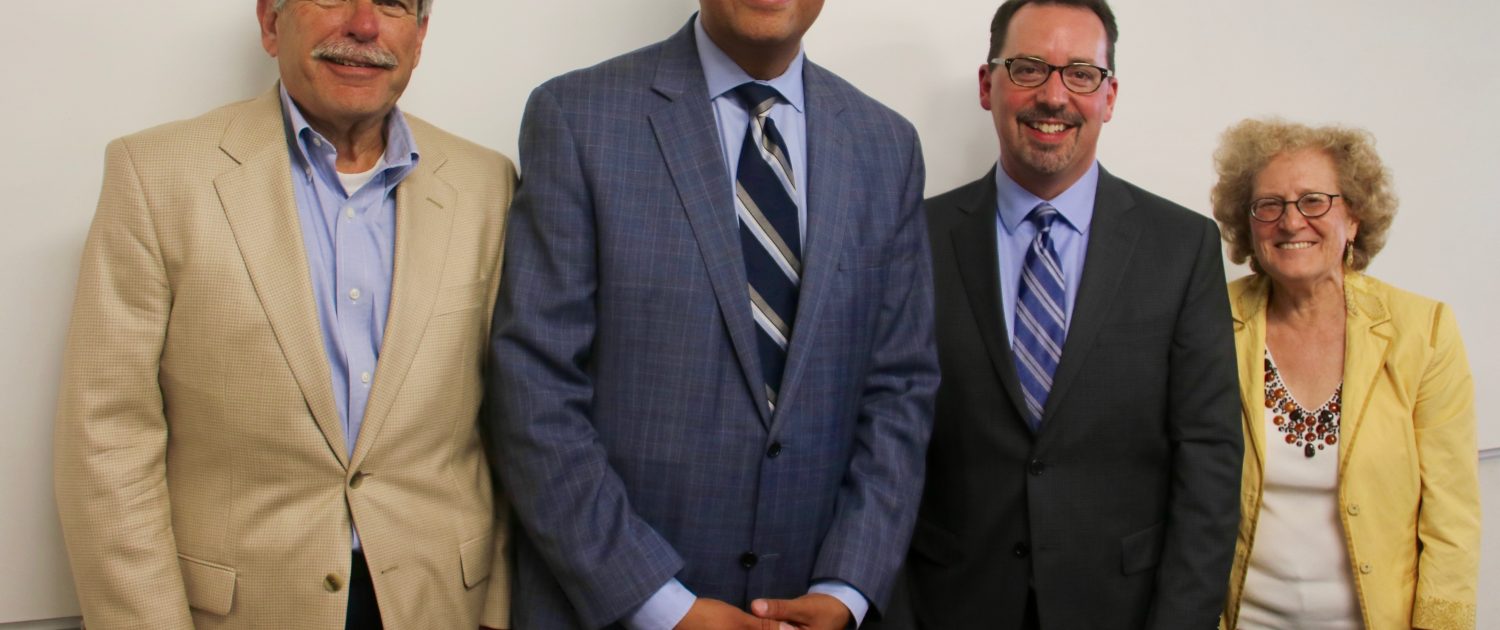
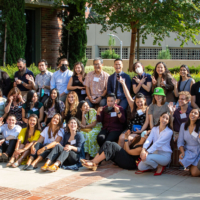
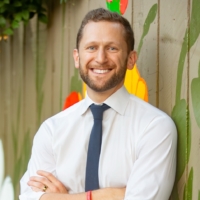
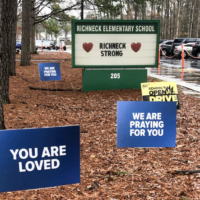

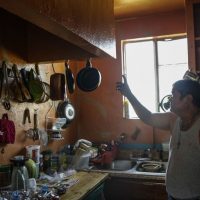
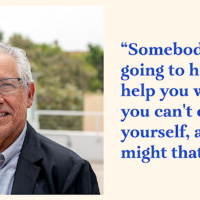



Leave a Reply
Want to join the discussion?Feel free to contribute!